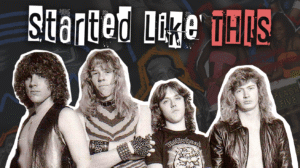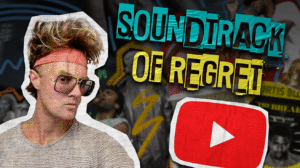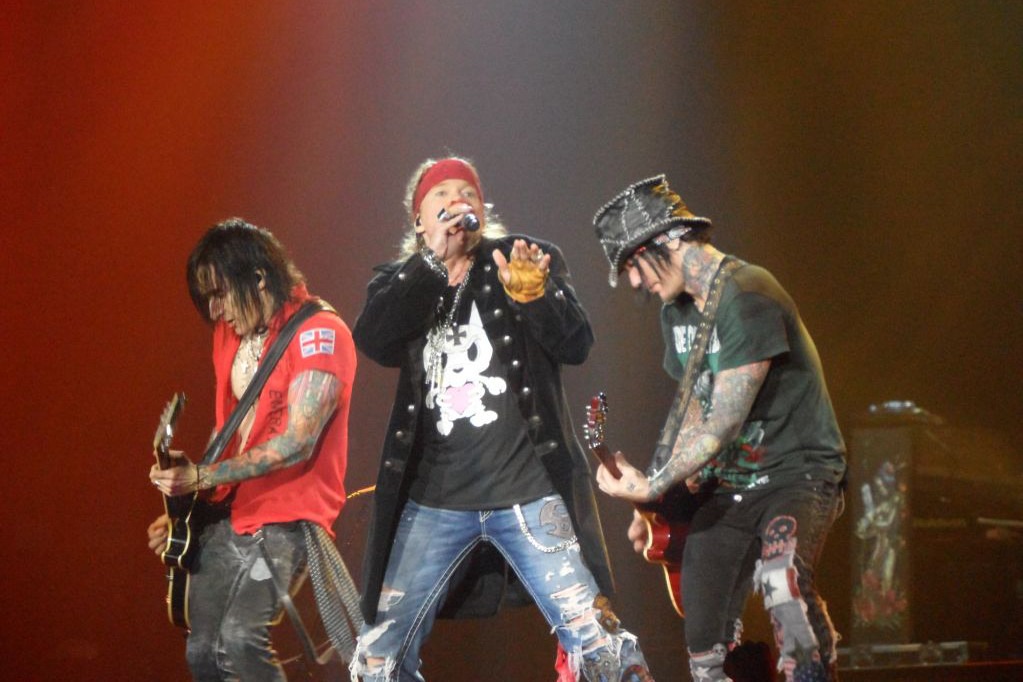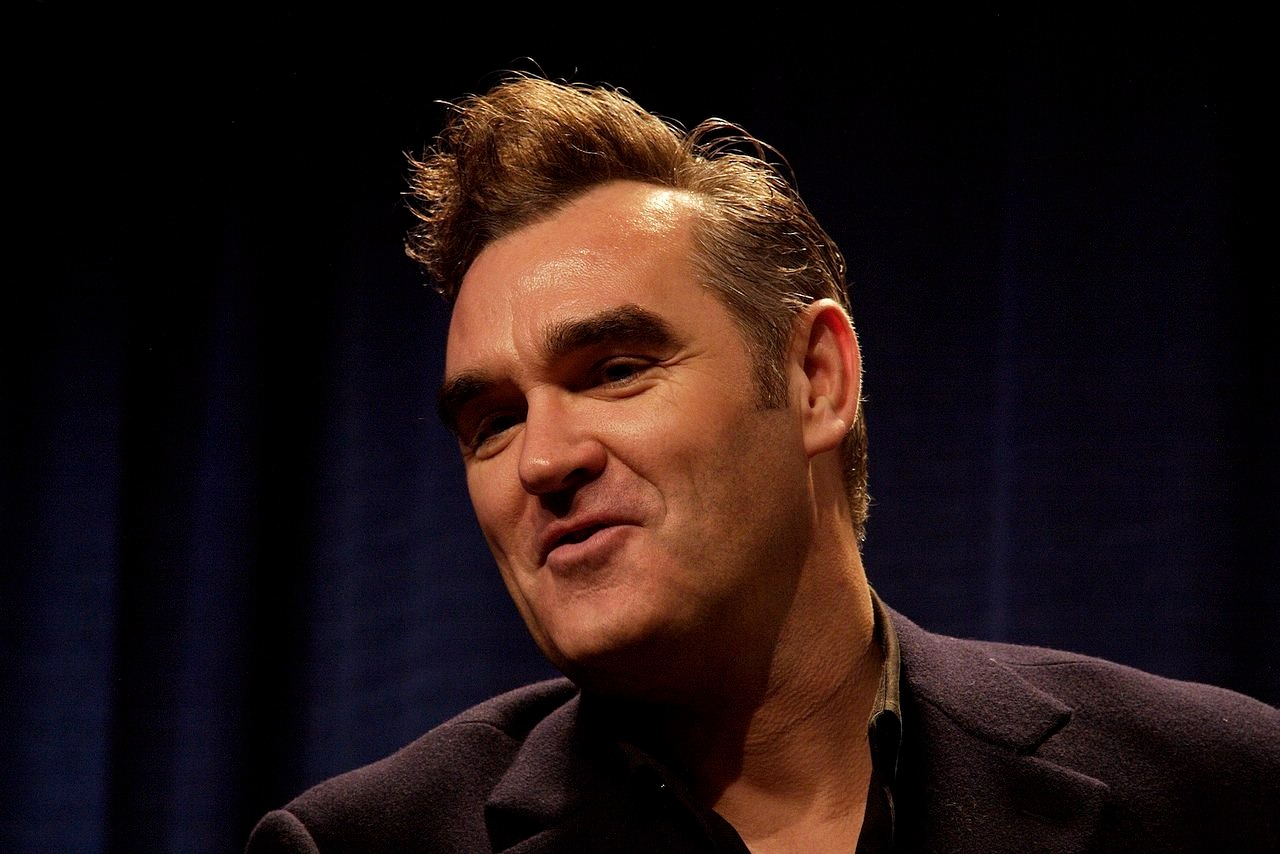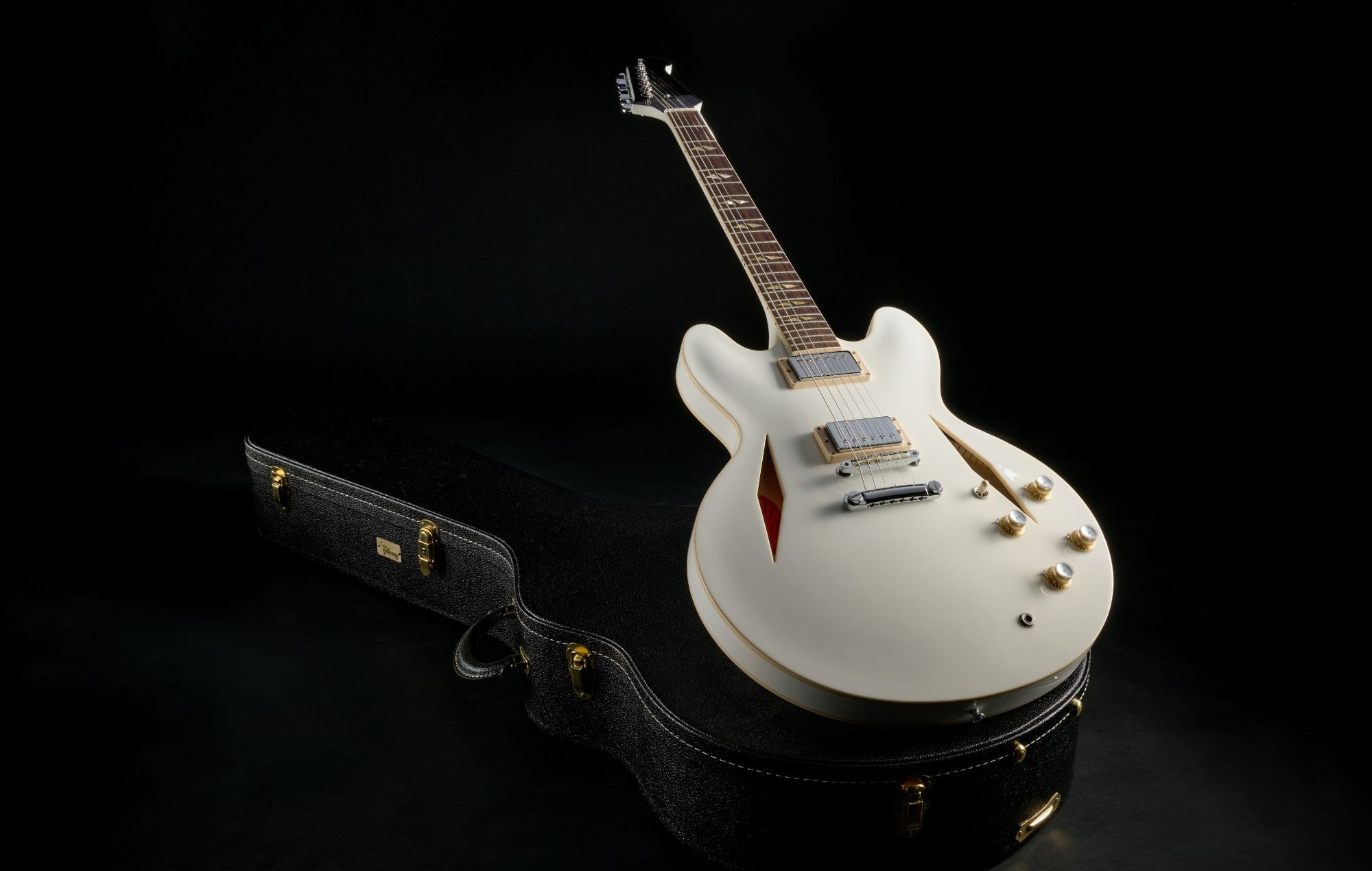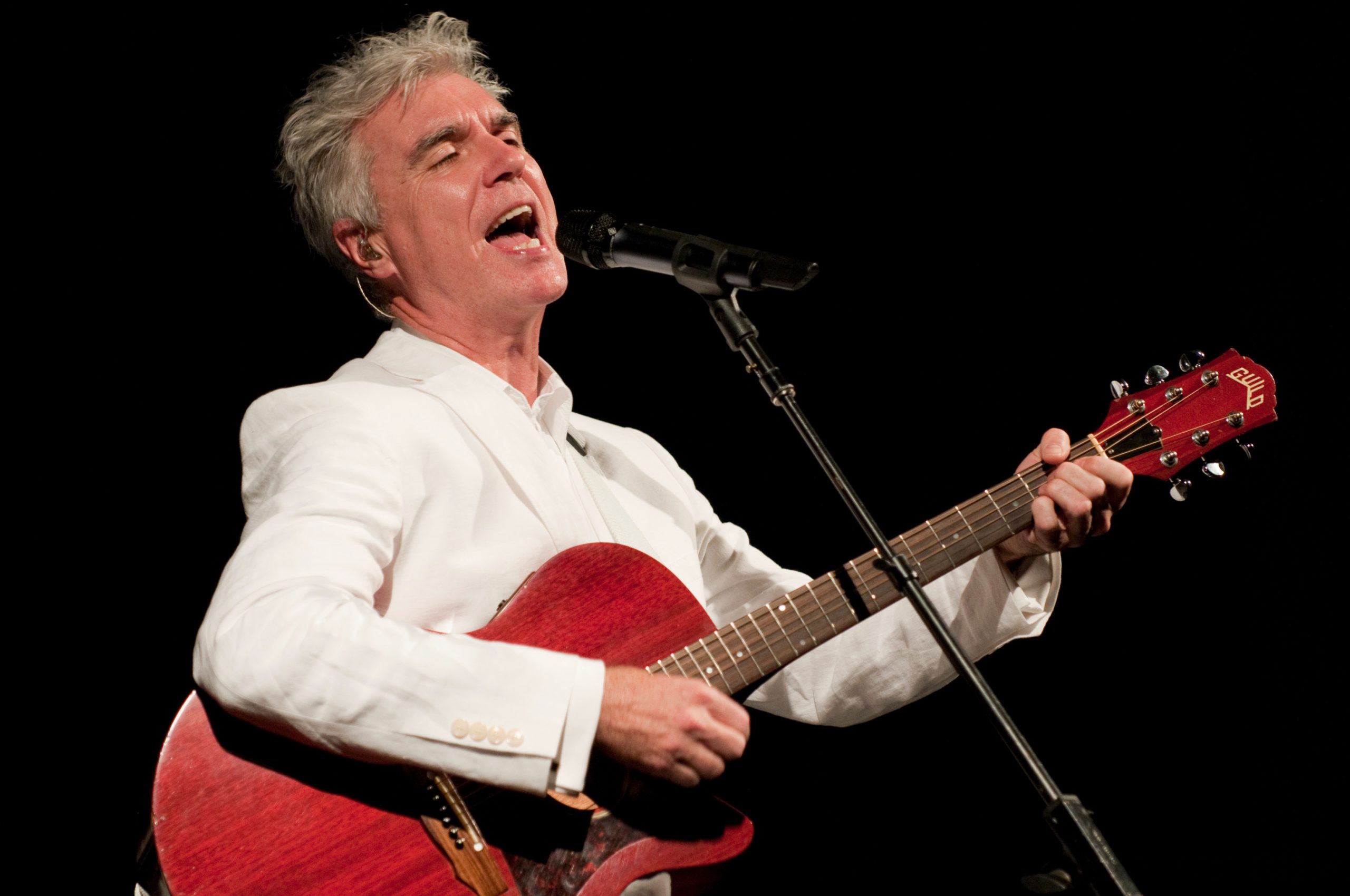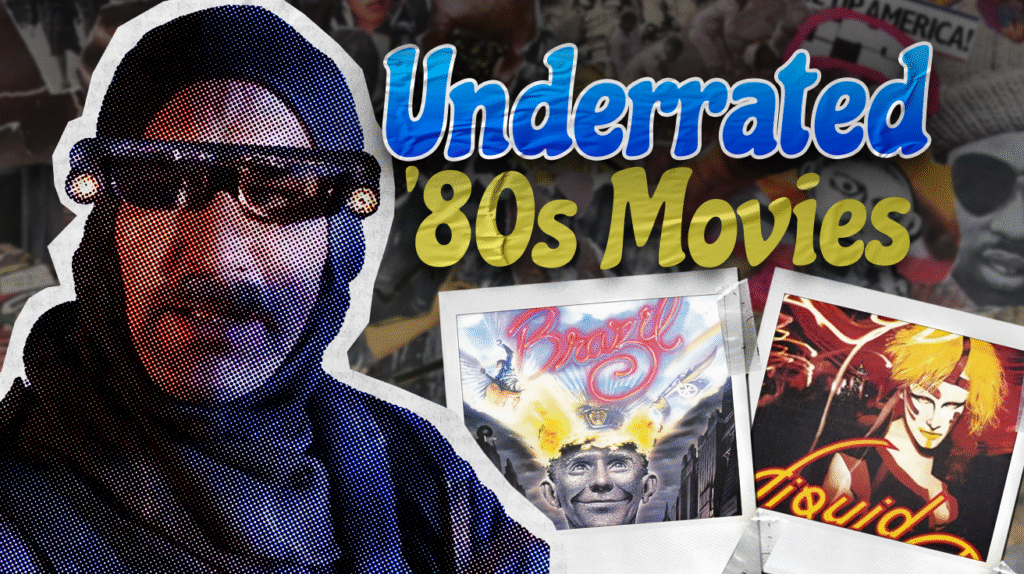
The 1980s stand as a cinematic goldmine beyond the blockbusters everyone knows. According to MovieWeb’s & Rotten Tomatoes’ retrospective analysis, these overlooked films pushed boundaries while Spielberg and Lucas dominated theaters. These “hidden gems” often score higher than their mainstream contemporaries. Unearthing these forgotten treasures offers more than nostalgia – it promises discovering new favorites that resonate with your individual taste.
12. Brazil
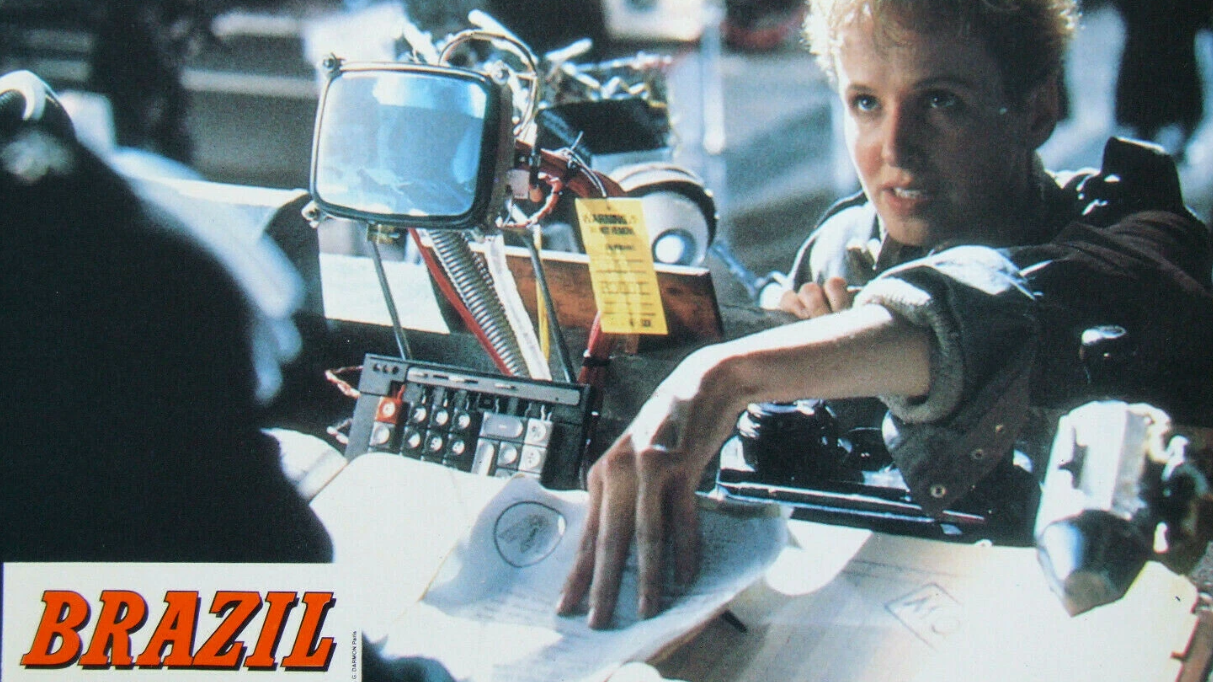
Unlike other dystopian films, Terry Gilliam’s 1985 masterpiece delivers a darkly comedic take on bureaucracy and government surveillance. Jonathan Pryce and Robert De Niro star in this visually stunning film filled with stylish imagery and unsettling dream sequences.
While mainstream audiences flocked to see “Back to the Future,” they missed what renowned critic Roger Ebert later called “a breathtaking juggling act.” Initially facing studio battles and a lukewarm reception, ‘Brazil’ has since earned cult status alongside other influential cult movie scenes that made lasting impressions. Its sharp critique of society continues to resonate today, proving some films arrive before audiences are ready.
11. Tampopo
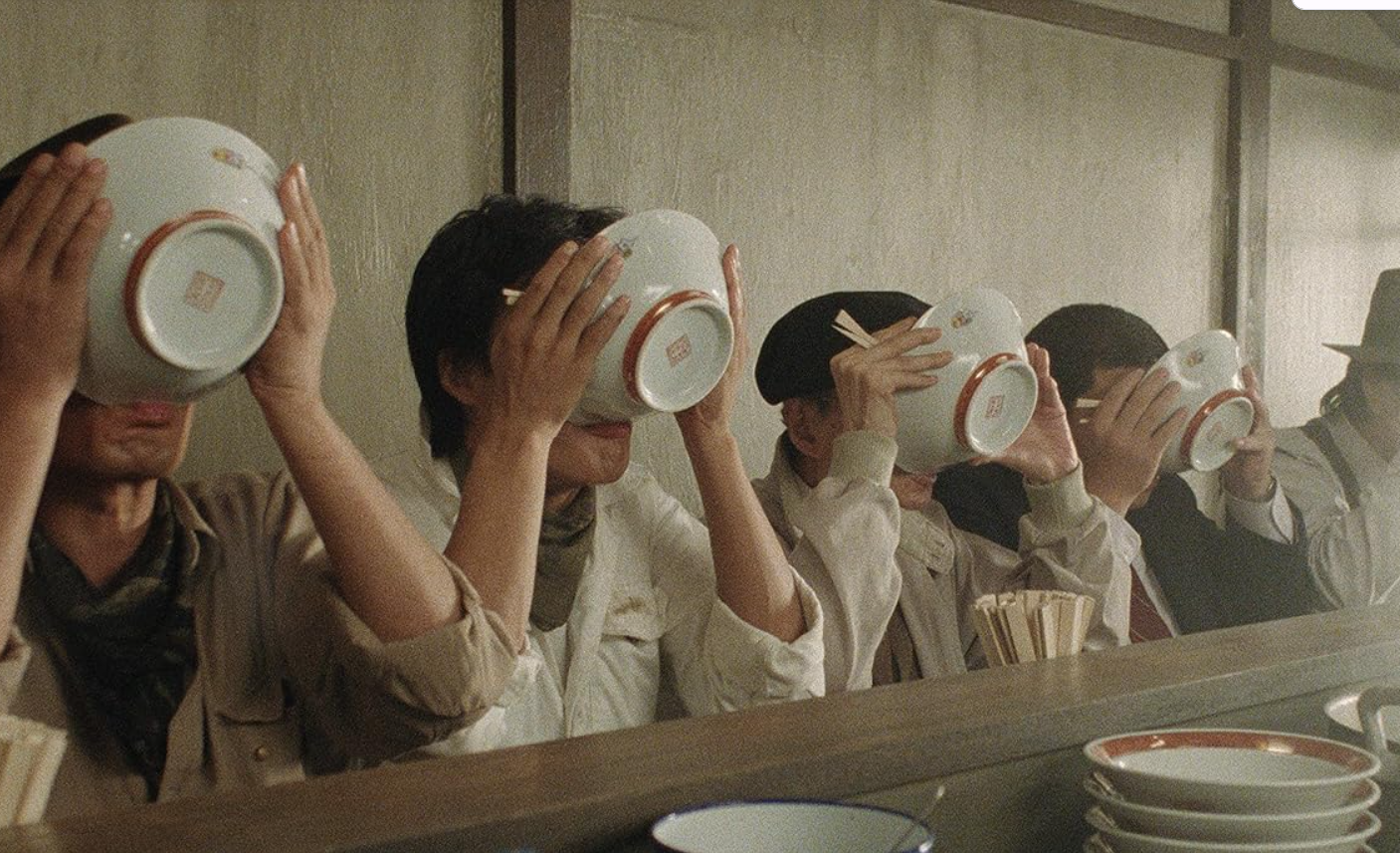
Think of a classic Western, but with chefs perfecting the art of ramen. Juzo Itami’s 1985 “ramen western” follows a truck driver (Tsutomu Yamazaki) who helps a widow (Nobuko Miyamoto) perfect her ramen shop while defending her from thugs.
While “The Breakfast Club” explored teen angst, film critic A.O. Scott praised Tampopo as “a movie that remains fresh and nourishing even as it ages.” With over 100 billion servings of ramen consumed annually, this film’s culinary obsession feels surprisingly relevant, making it a delicious treat for food-film enthusiasts.
10. Miracle Mile
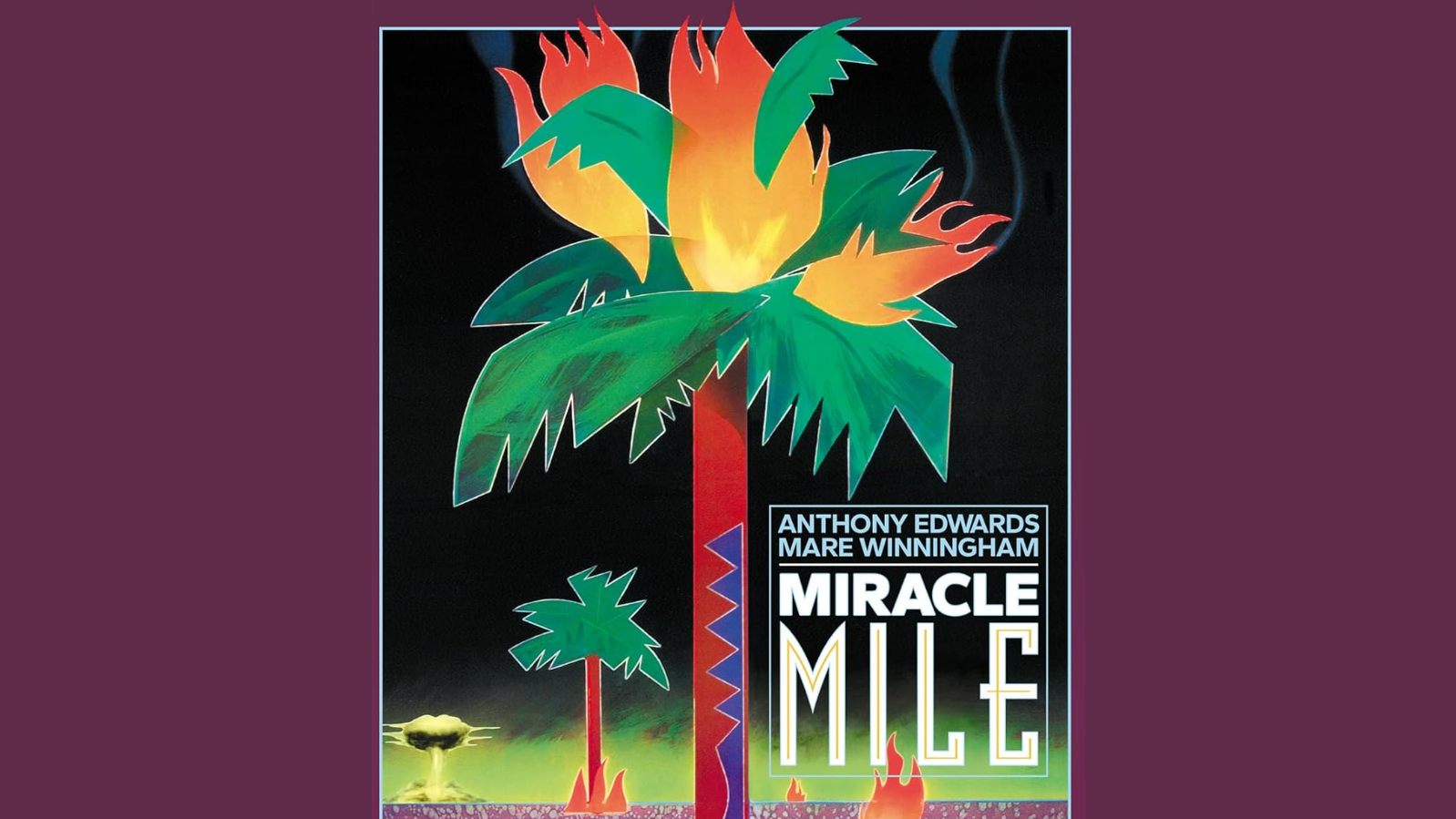
This 1988 thriller follows a man who learns about an impending nuclear apocalypse through a wrong-number phone call and races to save the woman he just met. Anthony Edwards delivers a compelling performance in this real-time race against the clock.
Initially struggling at the box office, the film is now widely celebrated in retrospectives as a “lost classic” of the era. Its unique tone creates an unforgettable viewing experience that perfectly captures the nuclear fears of the 1980s while telling a deeply human story.
9. Desert Hearts
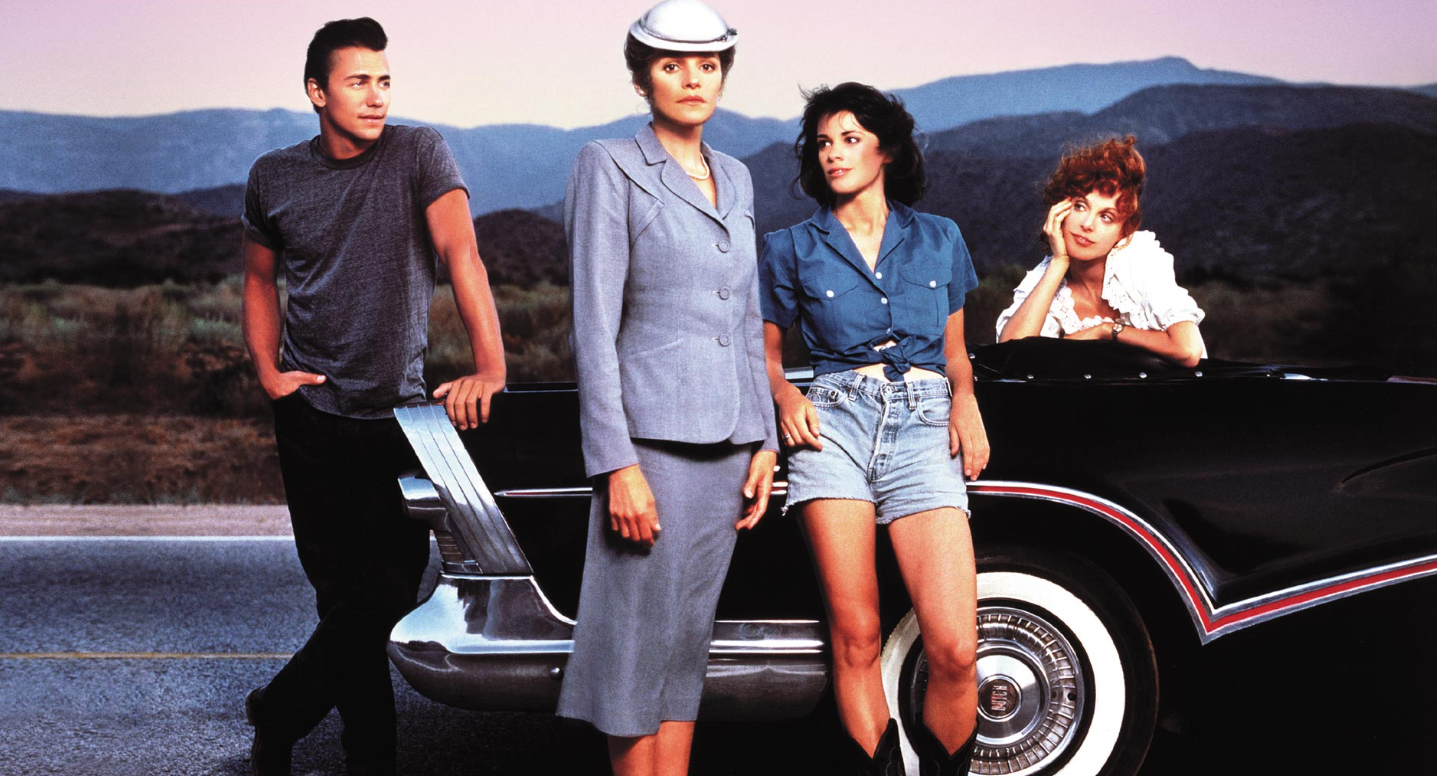
Unlike the sensationalized portrayals common in the 1980s, Donna Deitch’s 1985 ‘Desert Hearts’ offered something revolutionary – a lesbian love story that was sweet and relatable. Set in 1959 Reno, it tells the story of two women falling in love.
While mainstream audiences watched “St. Elmo’s Fire,” they missed what director Todd Haynes described as “a film that changed queer cinema forever.” The film was groundbreaking as it was directed by lesbians for lesbians, desensationalizing their relationship. This landmark remains significant for its positive LGBTQ+ representation.
8. Night of the Comet
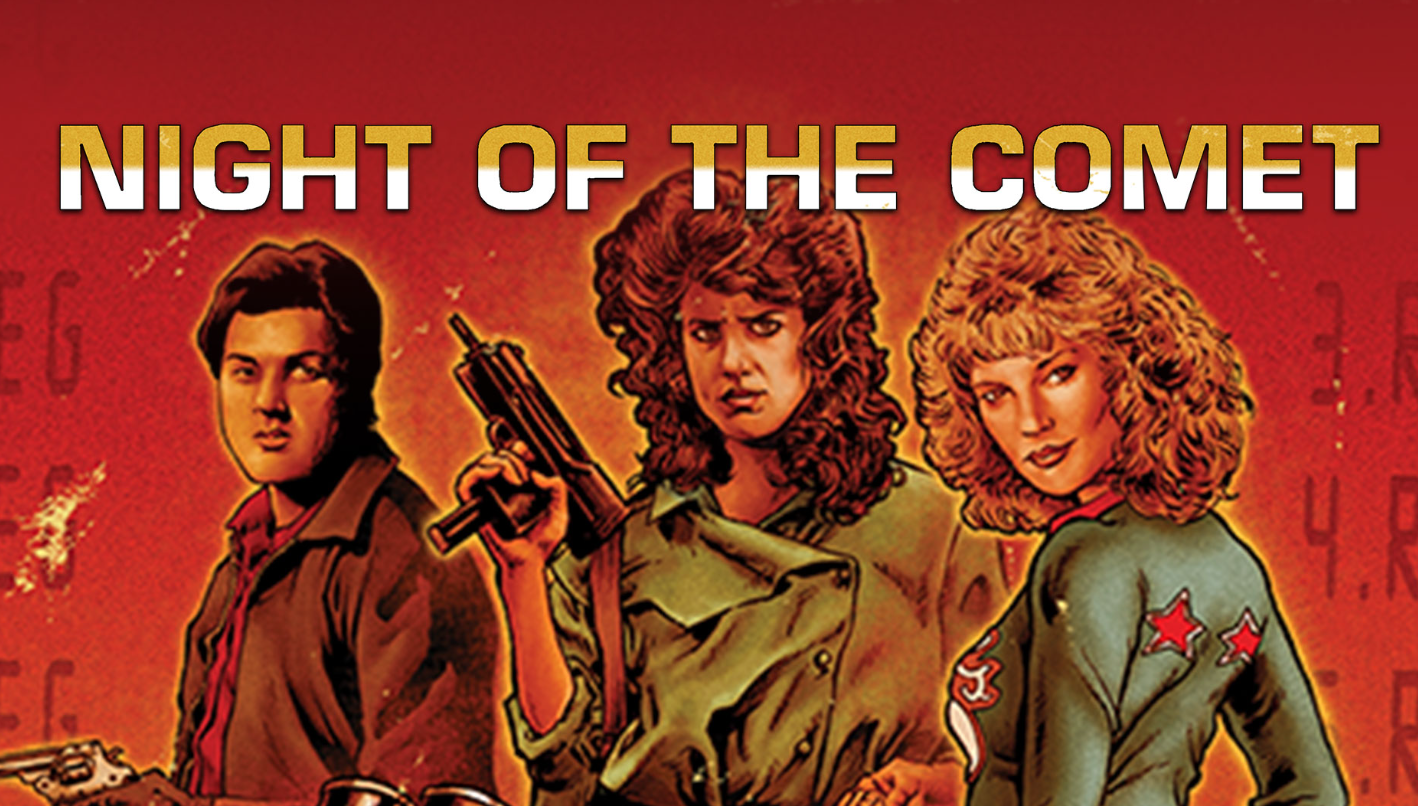
This 1984 sci-fi horror comedy fearlessly blends genres unlike anything else from the era. Starring Catherine Mary Stewart and Kelli Maroney as sisters who survive a comet that turns people into dust or zombies, this isn’t your typical damsel-in-distress story.
While audiences packed theaters for “Ghostbusters,” they missed what critic Matt Zoller Seitz called “a feminist masterpiece disguised as a B-movie.” These women own their sexuality, play arcade games, and navigate post-apocalyptic life in fashion-forward outfits. The beautifully saturated color palette makes this film surprisingly progressive.
7. Come and See
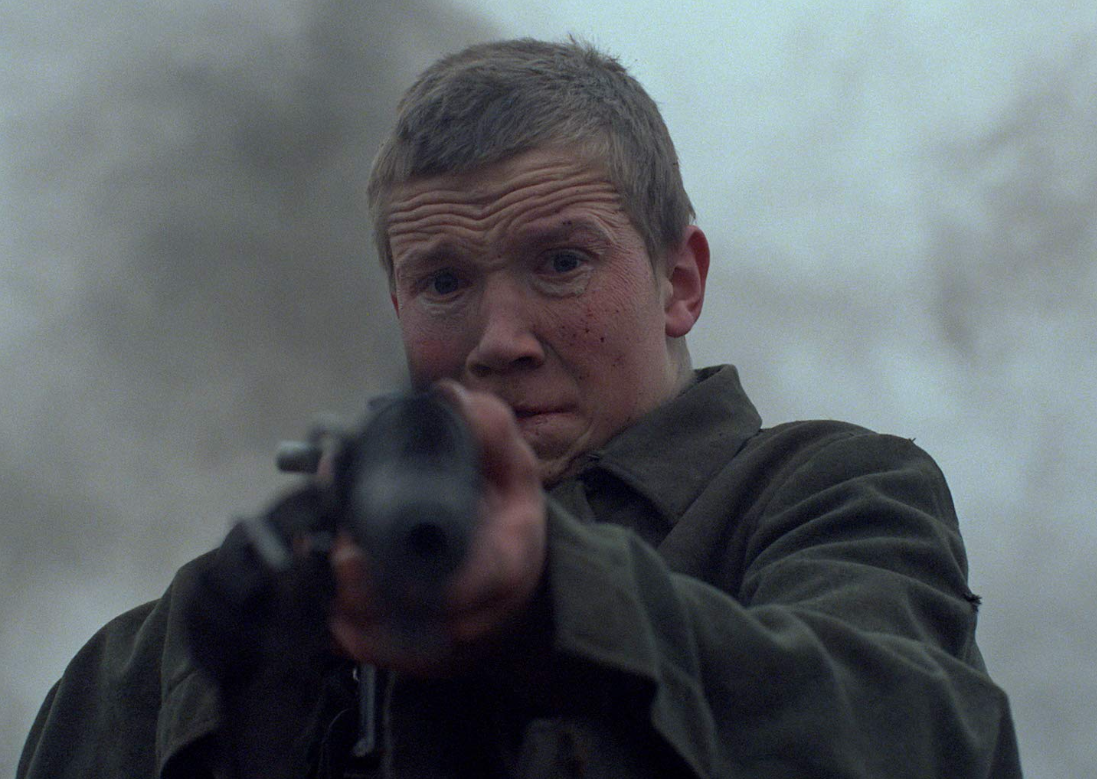
While many war films glorify violence, this 1985 Soviet masterpiece offers a powerful alternative through a teenage boy fighting to survive in Nazi-occupied Belarus. Director Elem Klimov fought Soviet censorship for 8 years to create this unflinching look at war.
While audiences watched “Rambo: First Blood Part II,” they missed what Christopher Nolan called “one of the most devastating films ever made.” In a 2022 poll, directors named it one of the greatest films ever. Its anti-war message is potent and disturbing – essential viewing for anyone seeking cinema at its most powerful, proving that sometimes the best songs by bands that everyone loves to hate aren’t the only art that gets unfairly dismissed.
6. Timerider: The Adventure of Lyle Swann
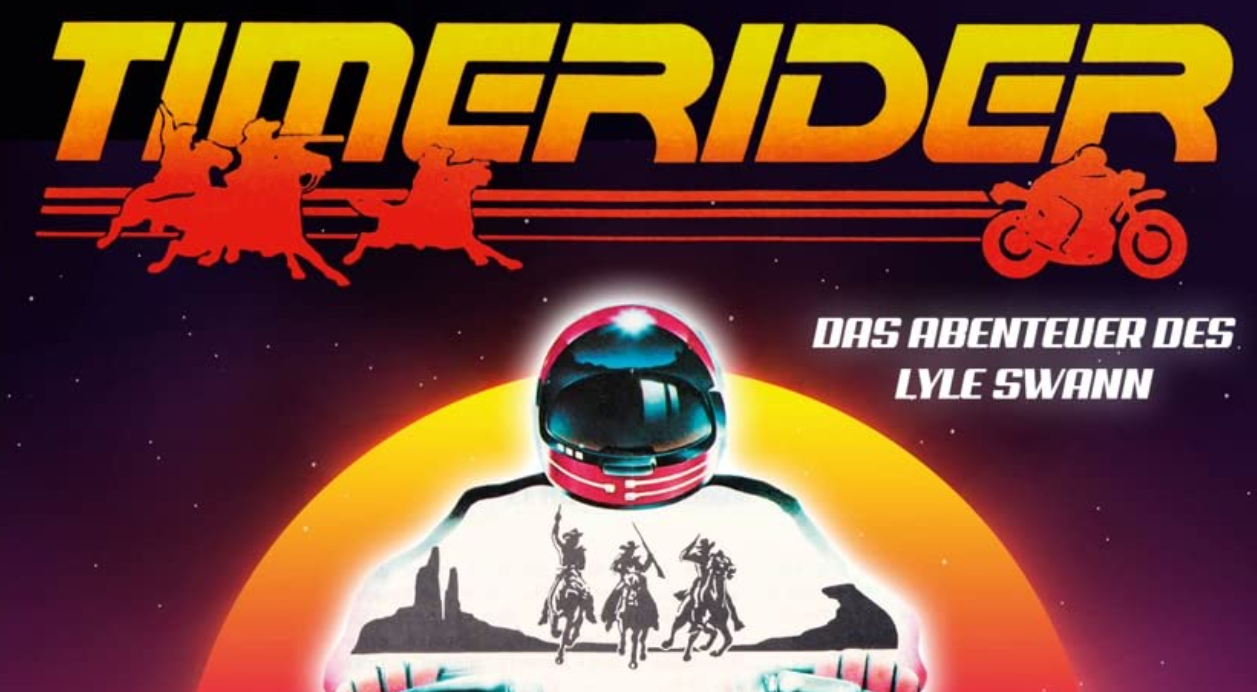
This 1982 film boldly blends science fiction and western genres, following a motorcycle racer who travels 100 years into the past. Unlike most time travel movies, protagonist Lyle Swann (Fred Ward) never fully realizes his fate, lending a unique innocence.
With heart and fun performances, this film appeals to fans of B-movies with its off-beat sensibilities. While “Tron” got mainstream attention, “Timerider” offered a more grounded take on sci-fi. Its charming genre-bending approach makes it worth revisiting for anyone tired of formulaic storytelling.
5. Android
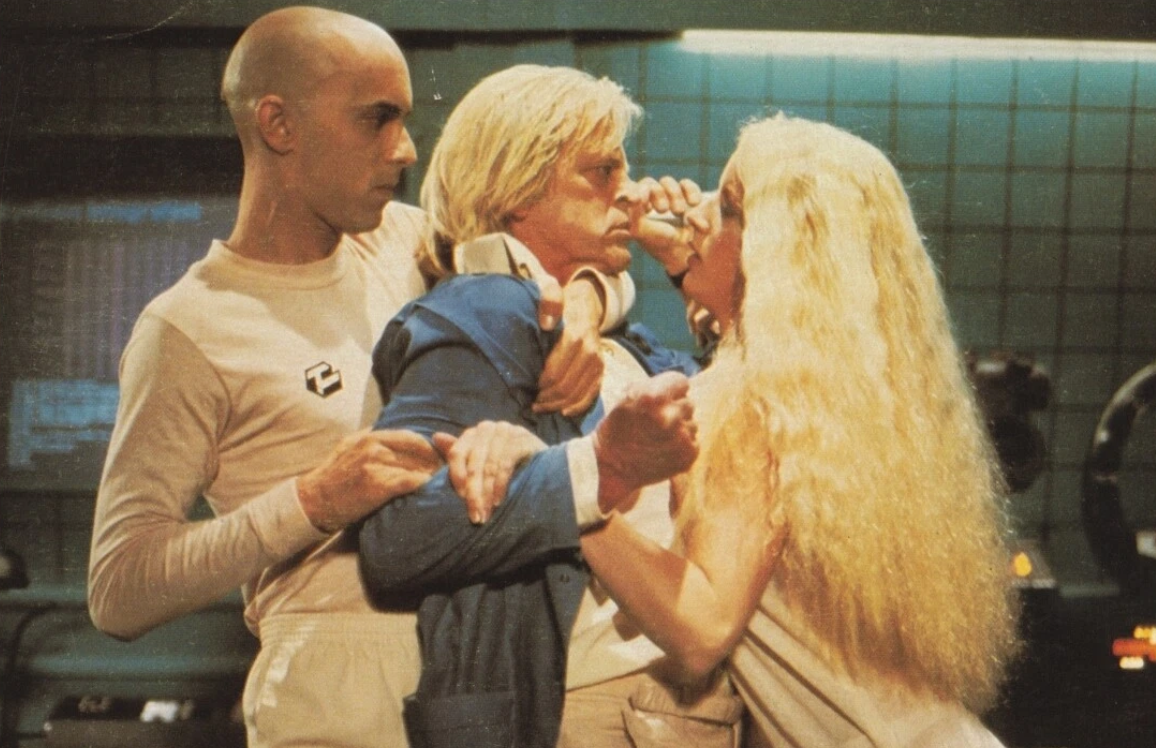
Set in 2036 on a space lab where illegal androids represent cutting-edge innovation, this 1982 film stars Klaus Kinski as a scientist crafting new life. He’s building a female robot to replace his assistant, Max 404.
While “E.T.” captured hearts with friendly aliens, “Android” explored darker sci-fi themes that feel surprisingly relevant today. Despite some clichés, this smart B-movie succeeds by focusing on AI and humanity themes. Its exploration of an android’s self-awareness predates similar stories that would later become science fiction staples.
4. Paris, Texas
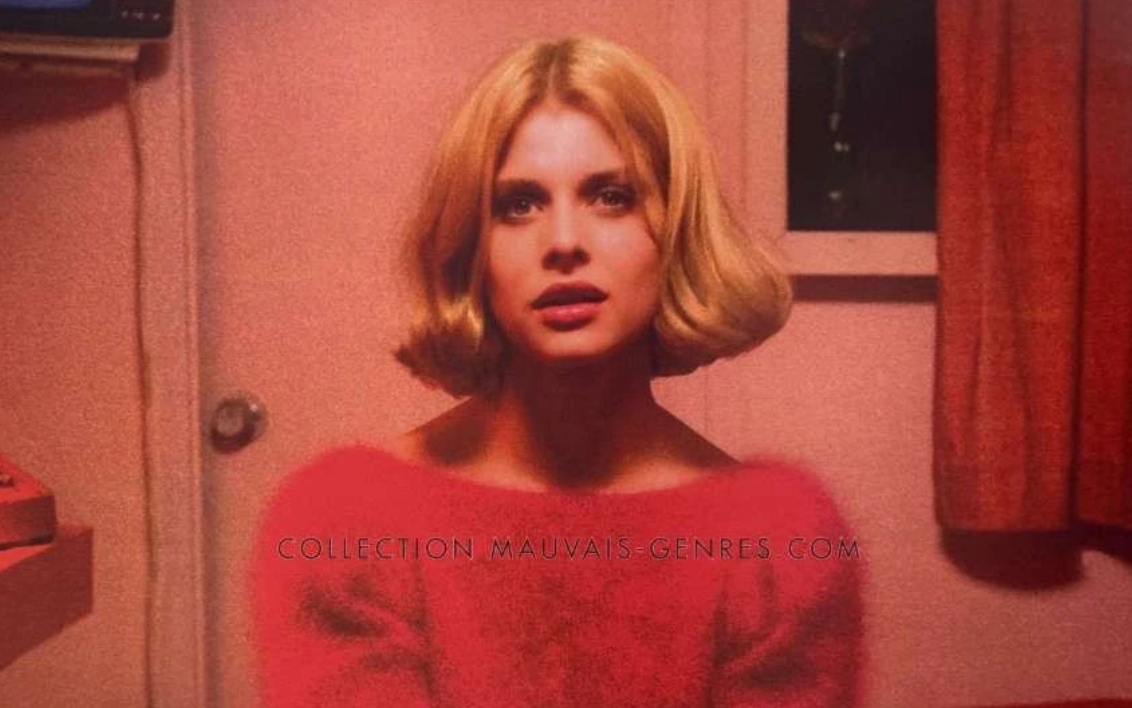
Wim Wenders’ 1984 film answers what emotional complexity means in cinema with quiet power. Starring Harry Dean Stanton as Travis Henderson, a man who reconnects with his brother and son after years of absence, it explores human connection with remarkable sensitivity.
While “Indiana Jones” dominated box offices, director Quentin Tarantino called Paris, Texas “one of the most profoundly moving films ever made.” Shot against beautifully framed southwestern landscapes, its slow pace is precisely what makes it a masterpiece. Its nuanced portrayal earned the prestigious Palme d’Or at Cannes.
3. Liquid Sky
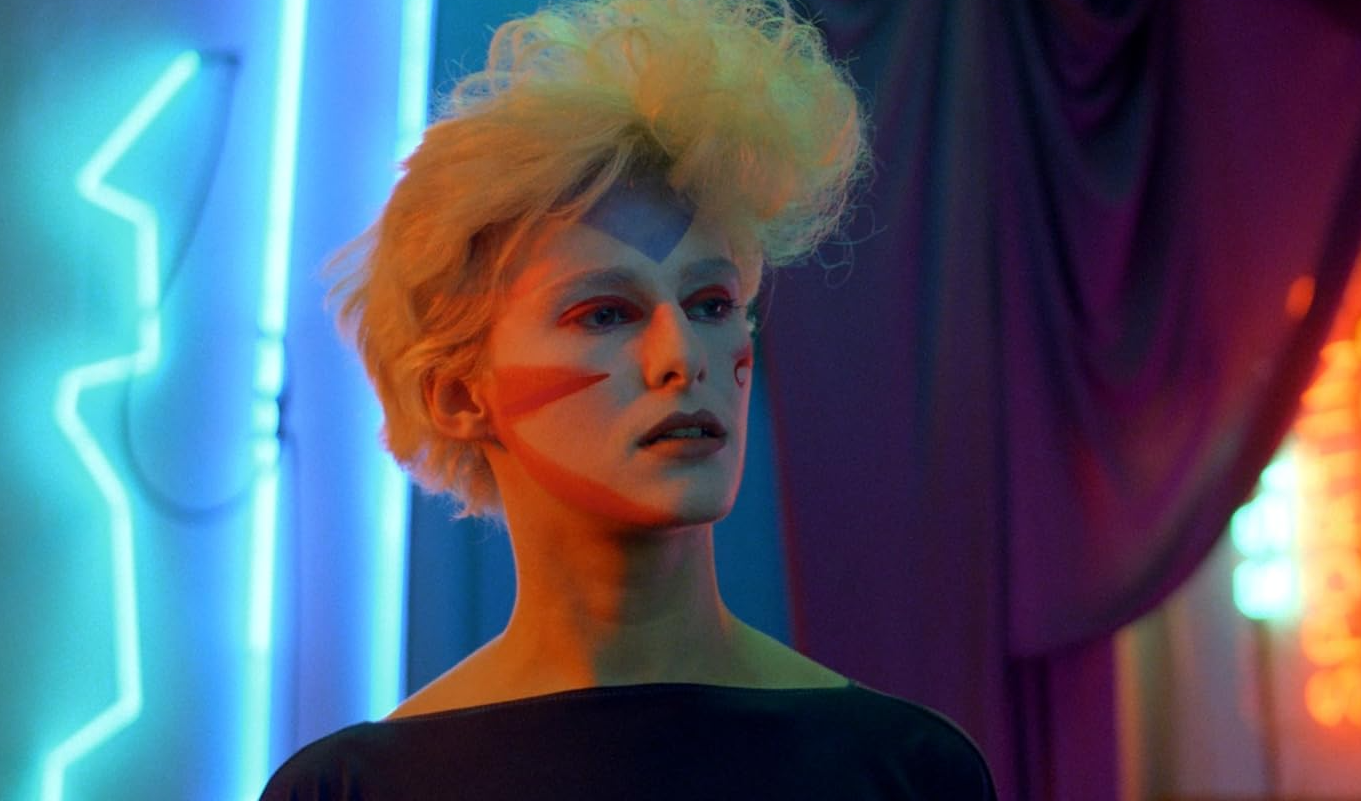
Made for just $500,000, Liquid Sky captures the vibrant, drug-fueled energy of 1980s New York. Shot without permits and starring little-known actors, it follows aliens who feed on human pleasure in the city’s new wave scene.
As noted in cultural retrospectives, its distinctive style influenced 80s fashion while its celebration of queer protagonists was revolutionary. Despite its unconventional nature, the film achieved unexpected commercial success, earning approximately $1.7 million at the box office – a testament to bold, boundary-pushing filmmaking.
2. Prince of the City
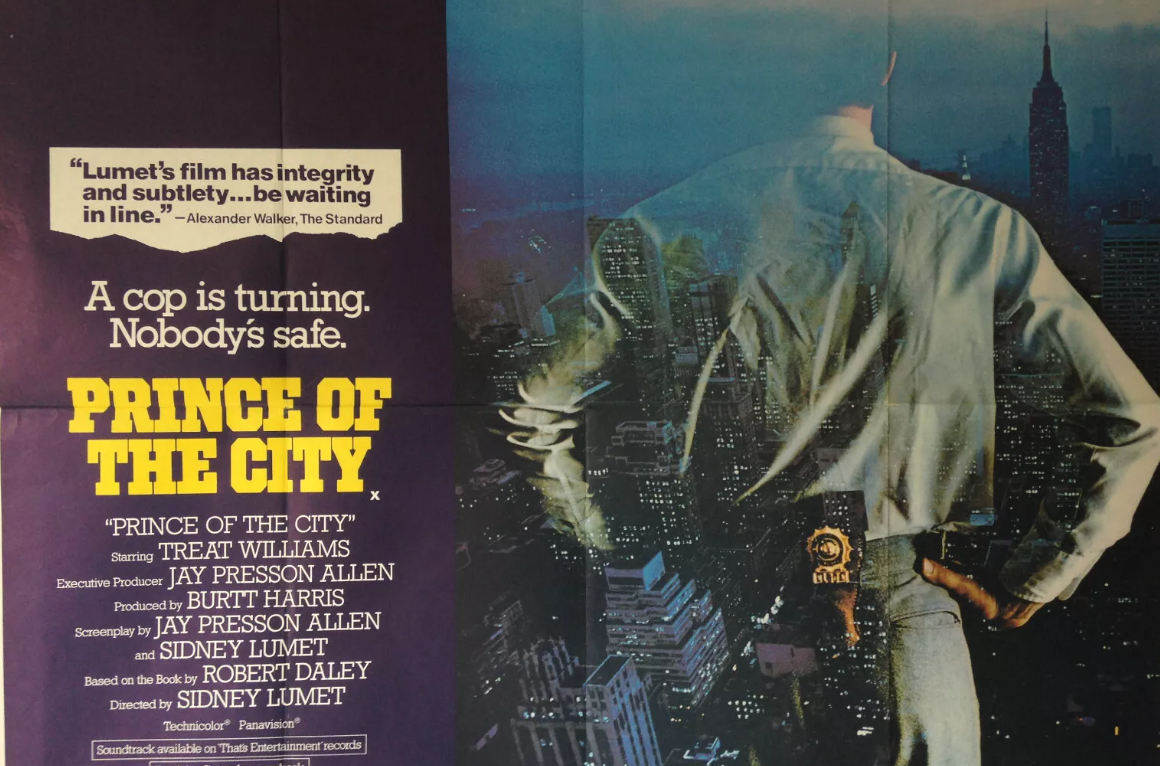
Sidney Lumet directed this 1981 masterpiece starring Treat Williams as a detective exposing police corruption. At nearly 3 hours long, the film provides an unvarnished look inside law enforcement with remarkable authenticity that critics consistently praise.
While “Raiders of the Lost Ark” dominated theaters, this epic crime drama earned an Academy Award nomination for Best Adapted Screenplay. Though the runtime may seem daunting, the gripping storytelling keeps viewers invested in this moral dilemma about institutional corruption.
1. Melvin and Howard
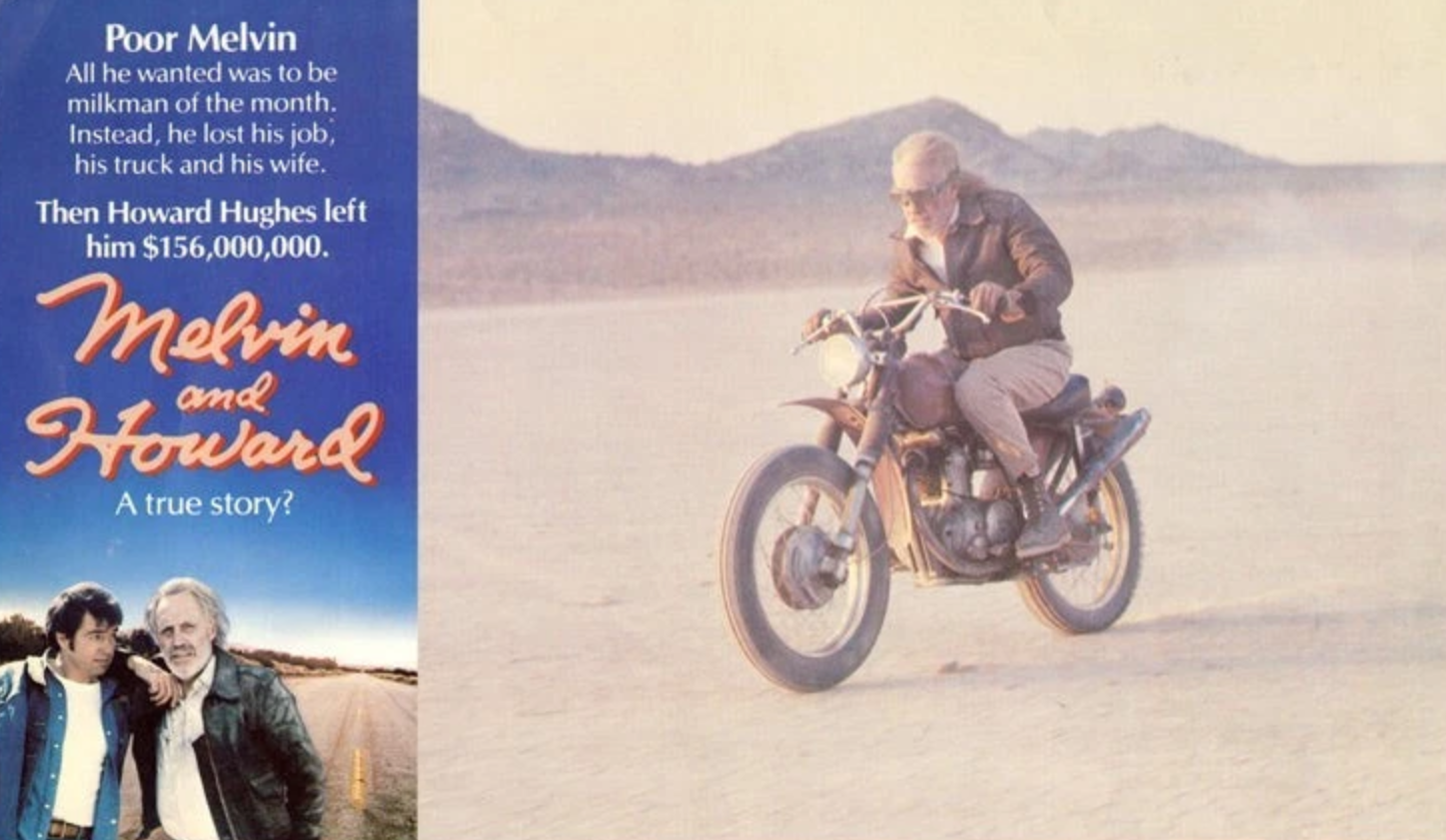
Jonathan Demme directed this 1980 blend of truth and fiction about Melvin Dummar, who claimed to be in Howard Hughes’ will. The world scoffed, but Demme saw a story worth telling.
While audiences lined up for “The Empire Strikes Back,” critic Pauline Kael called it “an almost flawless act of sympathetic imagination.” Starring Paul Le Mat and Academy Award winner Mary Steenburgen, the film offers a humanistic portrayal of Dummar’s ordinary life transformed by fame. Winning two Oscars proves this quirky film struck a nerve.





